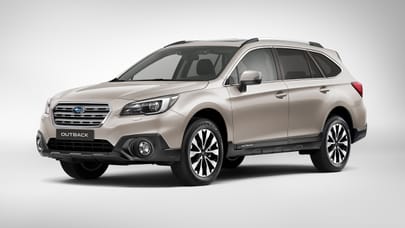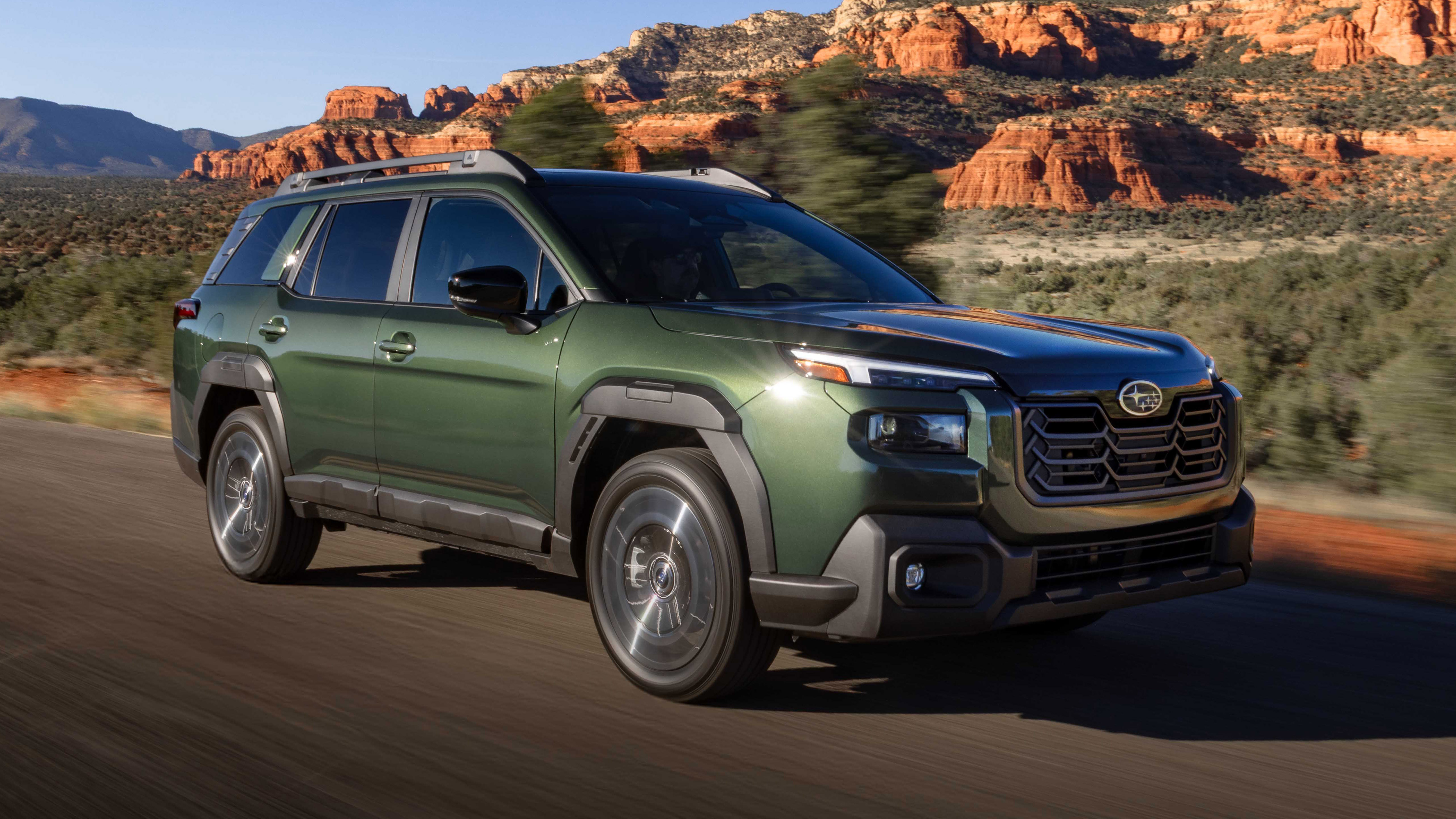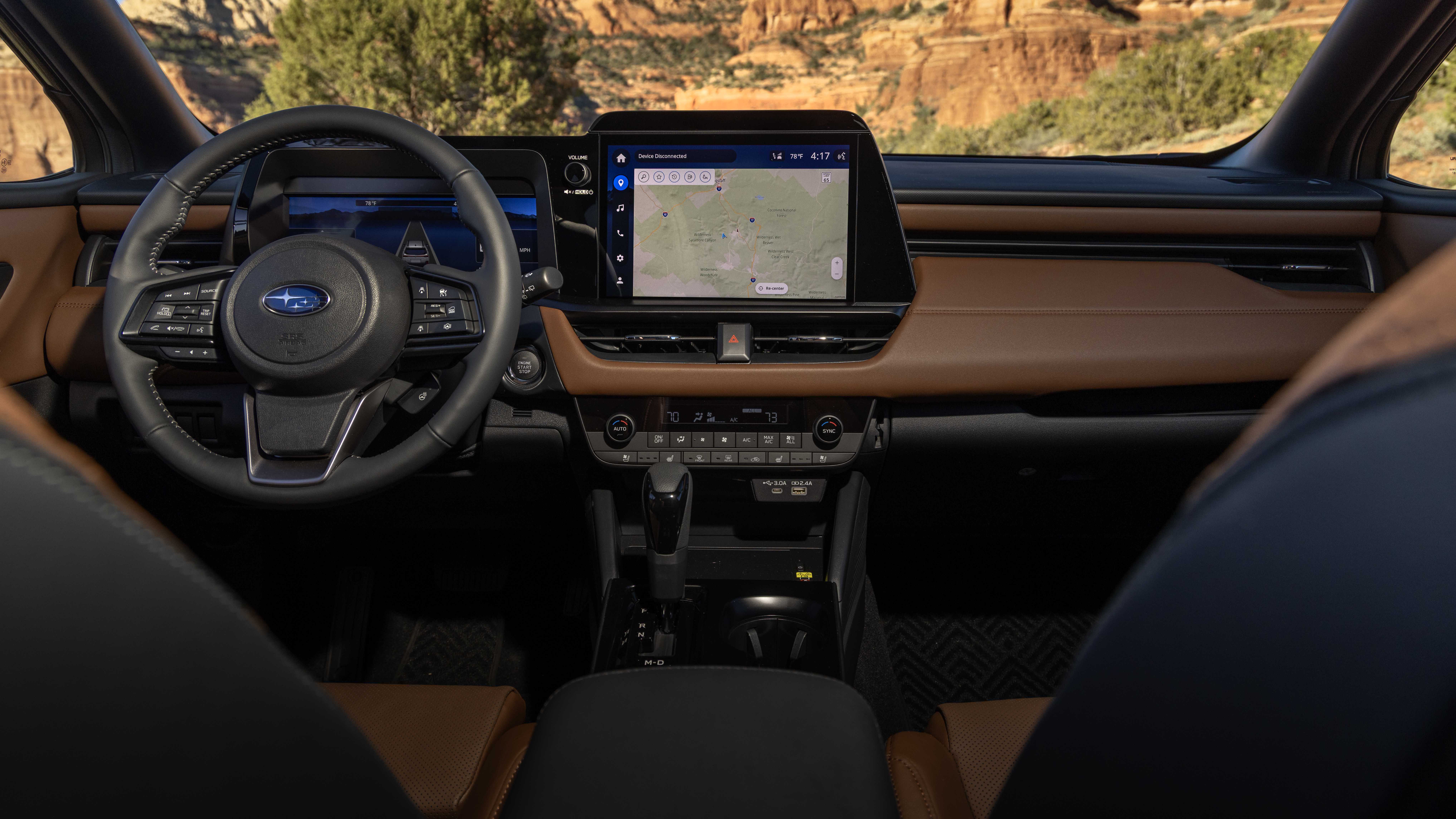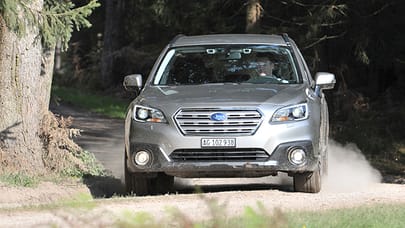
Subaru Outback (US) review
Driving
What is it like to drive?
Out and about on normal roads, the Outback is civil and even-keeled, though there isn’t much in the way of dynamics threatening to throw things into disarray. Power from the turbocharged 2.4-liter certainly won’t intimidate, while the 180hp 2.5-liter boxer is essentially the bare minimum to properly function. We don’t mean that last part to be a dig, it’s to its credit that the Outback demonstrates that just about everything you’d ask of it can be done with less than 200 horses. Then again, meeting the minimum spec requirements for a PC game doesn’t mean it’ll knock your socks off when it’s time to play, just that it’ll run.
More to the point, the Outback is well suited for the short, in-town drives taken for various errands. Once it’s up to speed on the highway, the ride is fairly smooth and the work done to minimize NVH (noise, vibrations, harshness) is evident. You won’t be driving it for the fun of driving, you’ll be driving it because it’s useful.
What about off-road?
Again, super functional, and fun so long as you temper expectations. Moab might be out of reach but a primitive road or rocky, rural trail can be handled with little fuss, so long as it’s properly equipped. The Wilderness trim’s extra smidge of ride height and all-terrain tires add peace of mind while the electronically controlled dampers do their best to smooth out the edges of a bumpy ride. Do the same in other trims and it’s a teeth-rattling experience.
Drive modes are few, though the Outback doesn’t really need them, it’s set up from the start to go from road to rock-crawling, with the Wilderness trim adding a couple of specific configurations for mud and snow. Otherwise, the only real alternative mode is ‘X-Mode’ which is essentially low range mode, with hill descent assist thrown in.








